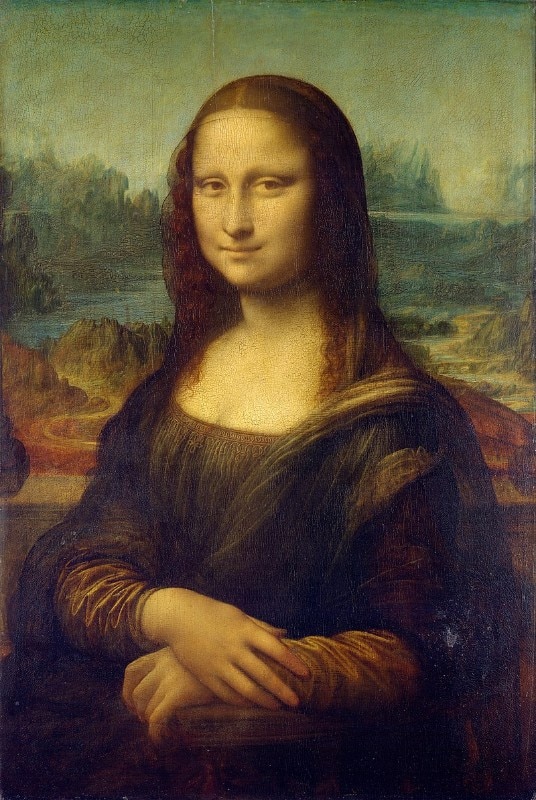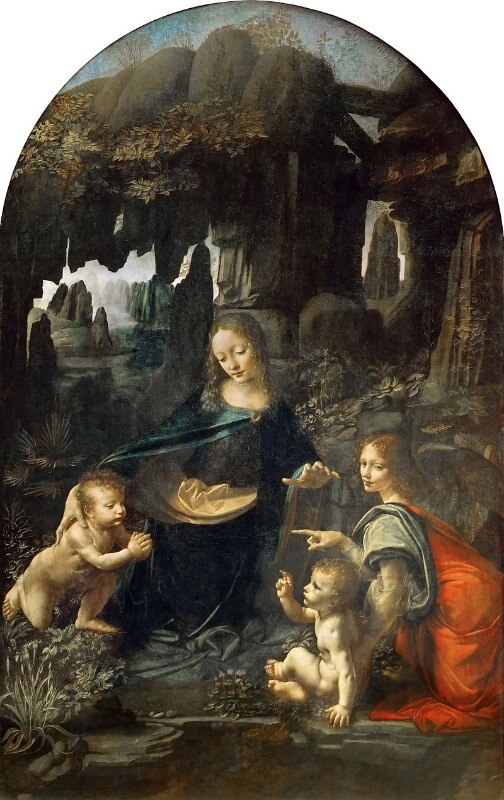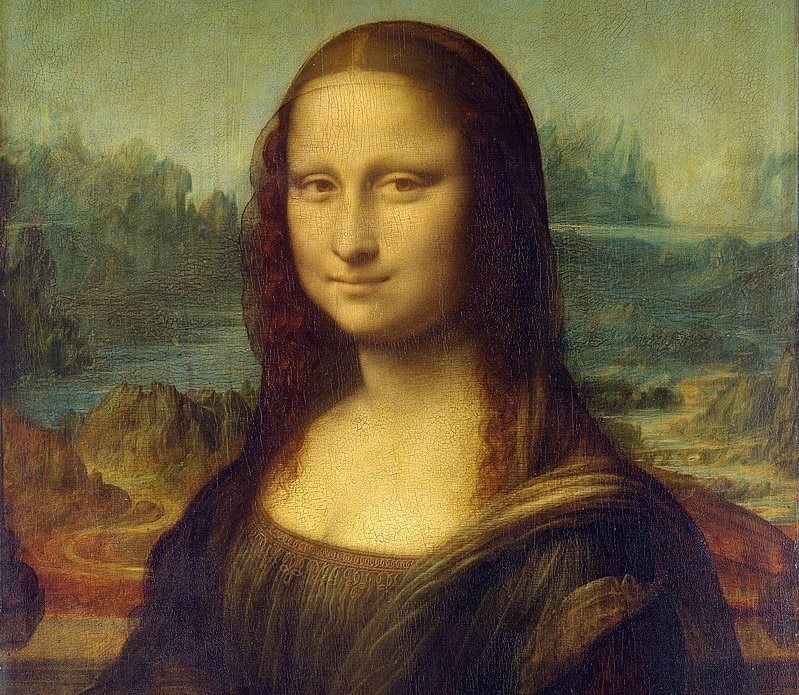“Due to public strikes, the Musée du Louvre is not able to be open for now. We thank you for your understanding,” Paris’ best-known museum wrote on Twitter last Monday.
In fact, strikes and protests continue in France against President Emmanuel Macron’s reform of raising the retirement age from 62 to 64.
“The Mona Lisa is on strike,” the CGT union of the National Library of France has written on social media instead.
Perhaps the world’s most famous work of art, symbol of the Louvre and summary of Leonardo’s painting, the Mona Lisa now becomes a Manifesto of the French people. The Mona Lisa is on strike too.

An emblematic work that has always aroused interest, fascination, but above all curiosity. Talking about the Mona Lisa is almost too obvious. Everything has been said about this work, perhaps even too much. Is it probably the self-portrait of Leonardo da Vinci in the guise of a woman? Why the almost mocking smile? Her gaze, her hands. Where does the Mona Lisa sit? On a perch known popularly as a bucket chair?
Walter Horatio Pater – essayist and founder of Aestheticism in the 19th century – states that “the painting depicts a figure suspended in an incessant exchange between the here and now and some otherworldly realm beyond.” How many mysteries behind this work of art. How many? Is the Mona Lisa really Leonardo’s masterpiece?
In the Denon Wing – the same wing where the portrait of Lisa Gherardini del Giocondo, known as the Mona Lisa, is located, but in room 710 – another extraordinary work by Leonardo da Vinci is preserved: The Virgin of the Rocks.
Huge caves open behind the three figures from which peaks appear to fade into the mist. Leonardo da Vinci chose to set the work in a recognizable Lombard landscape: the Grotta di San Giovanni Battista di Laorca, a cave located just above Lecco. In those years, at the end of the 15th century, the Tuscan genius was at the court of Ludovico il Moro.
The scene depicts a rocky landscape characterized by flowers and plants in an aerial perspective made through the sfumato. A painting technique for softening the transition between tones so that the figures participate in a chromatic and chiaroscuro atmosphere. In the distance a waterway. In the center Mary with Child and St. John. Rocky spurs and groups of bristling rocks frame the scene. The peaks of Val Di Calolden and Grigna can be recognized, and then again Sasso Cavallo and Sasso Carbonari.

The Virgin of the Rocks is an extraordinary historical/geographical testimony, but above all a testimony to the exceptional artistic technique of the Tuscan genius.
Leonardo himself wrote in his treatise on painting (1490-1529), “If the painter wishes to see beautiful things which will enchant him, he is able to beget them; if he wishes to see monstrous things which terrify, or grotesque and laughable things, or truly piteous, he can dispose of all these; if he wishes to evoke places and deserts, shady or dark retreats in the hot season, he represents them, and likewise warm places in the cold season. If he wishes valleys, if he wishes to descry a great plain from the high summits of the mountains, and if he wishes after this to see the horizon of the sea, he can do so,” Yet another sibylline message is Leonardo’s?
It was March 31, like today, but in 1889, and even then, the streets of Paris were crowded. However, everyone was waiting for the inauguration of the tallest building in the world: the Eiffel Tower. Another symbol of Paris, and of France as a whole, the most famous tower in the world that after two years, two months and five days, finally towered over the Ville Lumiere, just a few steps from the Louvre via Quai d’Orsay.
France is on strike and so is the art.
Opening image: Mona Lisa, Leonardo da Vinci, 1503-1506 ca., Louvre Museum, Paris. Photo via wikipedia (crop)


